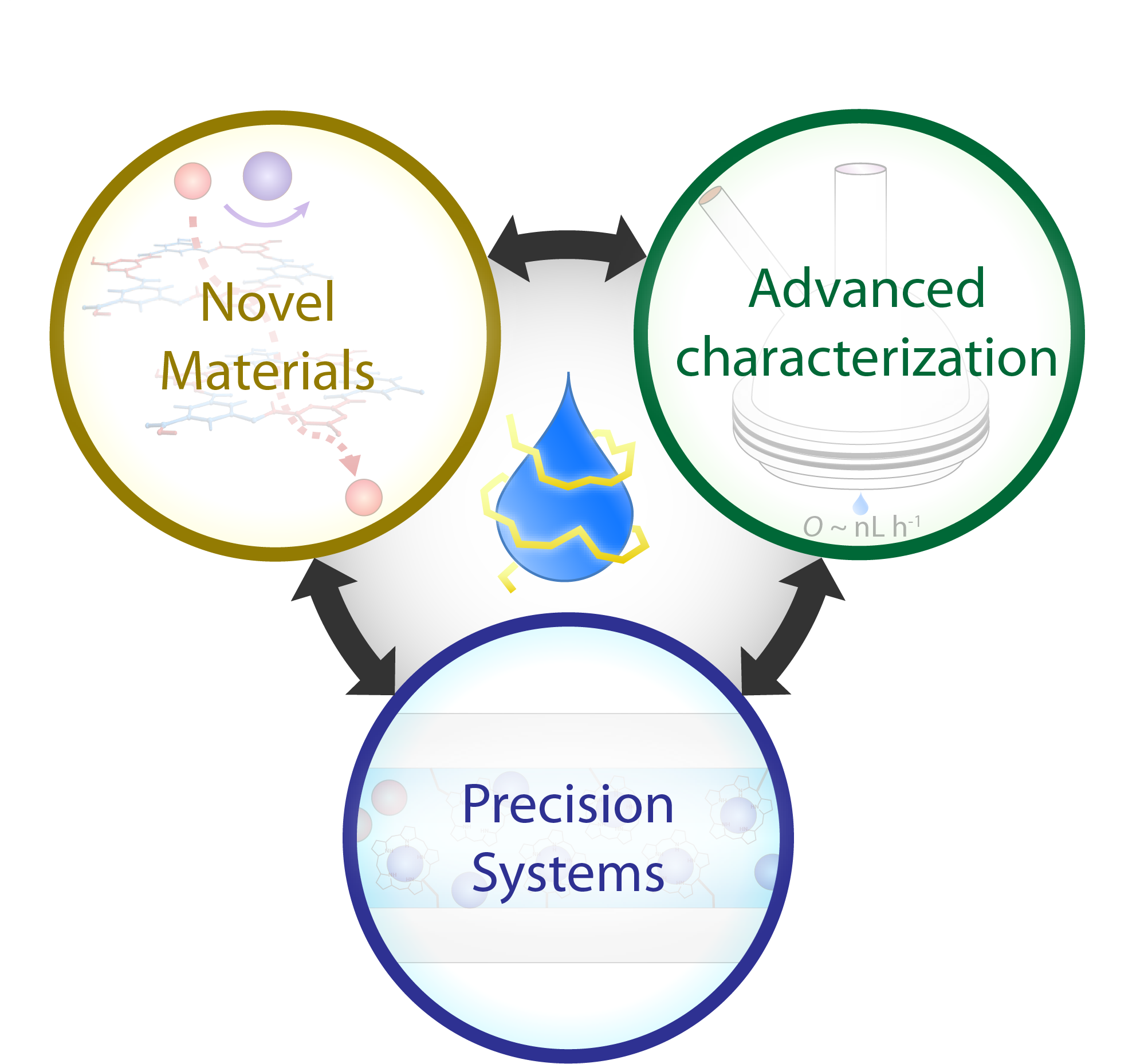Introductory Remarks
AIChE Annual Meeting
2024
2024 AIChE Annual Meeting
Nuclear Engineering Division
Robert E. Wilson Award Presentation and Lecture (Invited Talks)
Tuesday, October 29, 2024 - 1:30pm to 1:40pm
Teaching interests: Separations; Transport Phenomena; Chemical Kinetics & Reactor Design; Colloid & Interface Science; Nanotechnologies at the Water–Energy–Environment Nexus
Rapid population growth and industrialization continue to elicit unprecedented global water and energy demands, further fueling humanity’s climate crisis. These challenges have brought forth new chemical engineering paradigms, such as the sustainable production of critical minerals and electrochemical engineering, for which membrane-based separations of unconventional water sources (e.g., industrial brine) will play a central role. The increased complexity of these new-age water resources demands single-ion selective membrane materials. This research aims to elucidate the synthesis–structure–performance relationships needed to achieve these goals with nanoporous membranes and to provide perspective on material solutions. First, we leverage machine learning to assess the role of molecular-level features in ion selectivity measured across nanoporous polymer membranes. Our analysis identifies entropy-enthalpy compensation as a design bottleneck for ion selectivity in these materials due to the dynamic nature of segmental polymer chains. These limitations can be conceptually circumvented by using materials with rigid, engineered pore structures. However, we show that membranes on the opposite extreme, with selective channels made of nanoporous crystals, are inhibited by framework defects that promote unhindered ion transport. Contextualizing our findings from both nanoporous systems, we introduce 2D polyaramids as ideal candidates for the next generation of separation materials. This new class of polymer marries the rigid porous structure of 2D crystal analogues with the synthetic processability and chemical amenability of traditional polymers—enabling the fabrication of defect-free thin films with near-perfect selectivity between argon and nitrogen. The expansive design space of 2D polyaramids thus presents exciting opportunities for their implementation in challenging aqueous separations.
